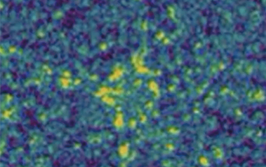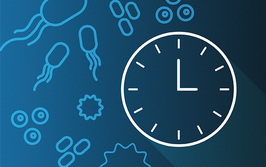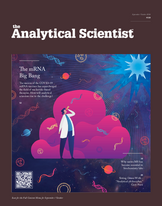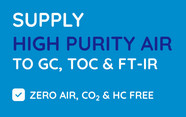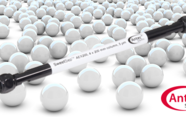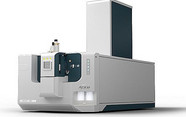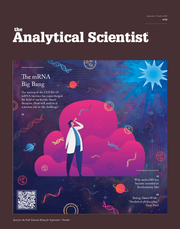Identifying low-level odorants in wine by automated high-capacity sorptive extraction with GC–MS

contributed by Markes International Ltd |
This study shows that immersive sorptive extraction using high-capacity HiSorb probes, automated on the new Centri multi-mode sampling and concentration system for gas chromatography–mass spectrometry (GC–MS), can be used to screen wine for ppb levels of two yeast-derived spoilage compounds, as well as a range of other compounds.
Introduction
The yeast Brettanomyces (Dekkera) bruxellensis (‘Brett’) is part of the natural microflora of wine, but its growth can result in the production of 4-ethylphenol (4-EP) and 4-ethylguaiacol (4-EG, also known as 4-ethyl-2-methoxyphenol). These compounds impart unpleasant ‘medicinal’, ‘phenolic’ or ‘horse sweat’ olfactory notes to wine (known as ‘Brett character’), and also exert a masking effect on the desirable ‘fruity’ aromas.
Historically, a wide variety of sampling methods have been used to extract volatiles from wine, with a key driver being the need to improve upon inefficient solvent-extraction methods. HiSorb™ high-capacity sorptive extraction is a new and highly efficient sampling approach for a wide range of applications. It involves use of robust, inert metal probes fitted with a relatively large volume of PDMS sorptive phase (Figure 1), allowing high sensitivity to be achieved. Following headspace or immersive sampling, the probes are rinsed, dried and desorbed, with the analyte vapours then concentrated on a focusing trap prior to GC–MS injection.
Log in or register to read this article in full and gain access to The Analytical Scientist’s entire content archive. It’s FREE!

